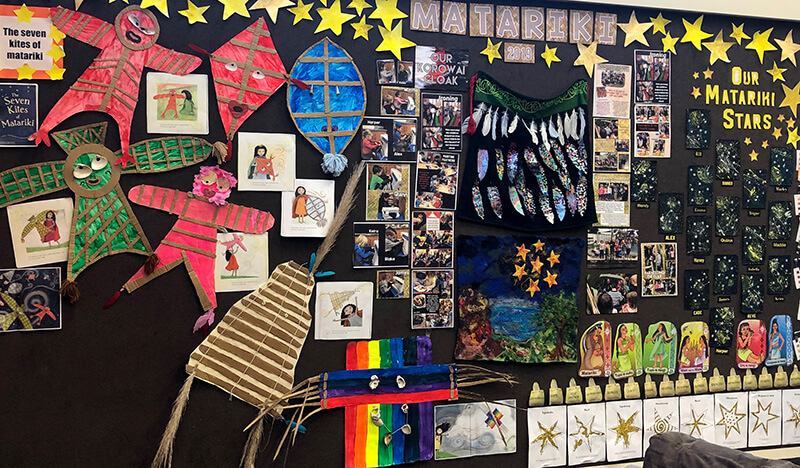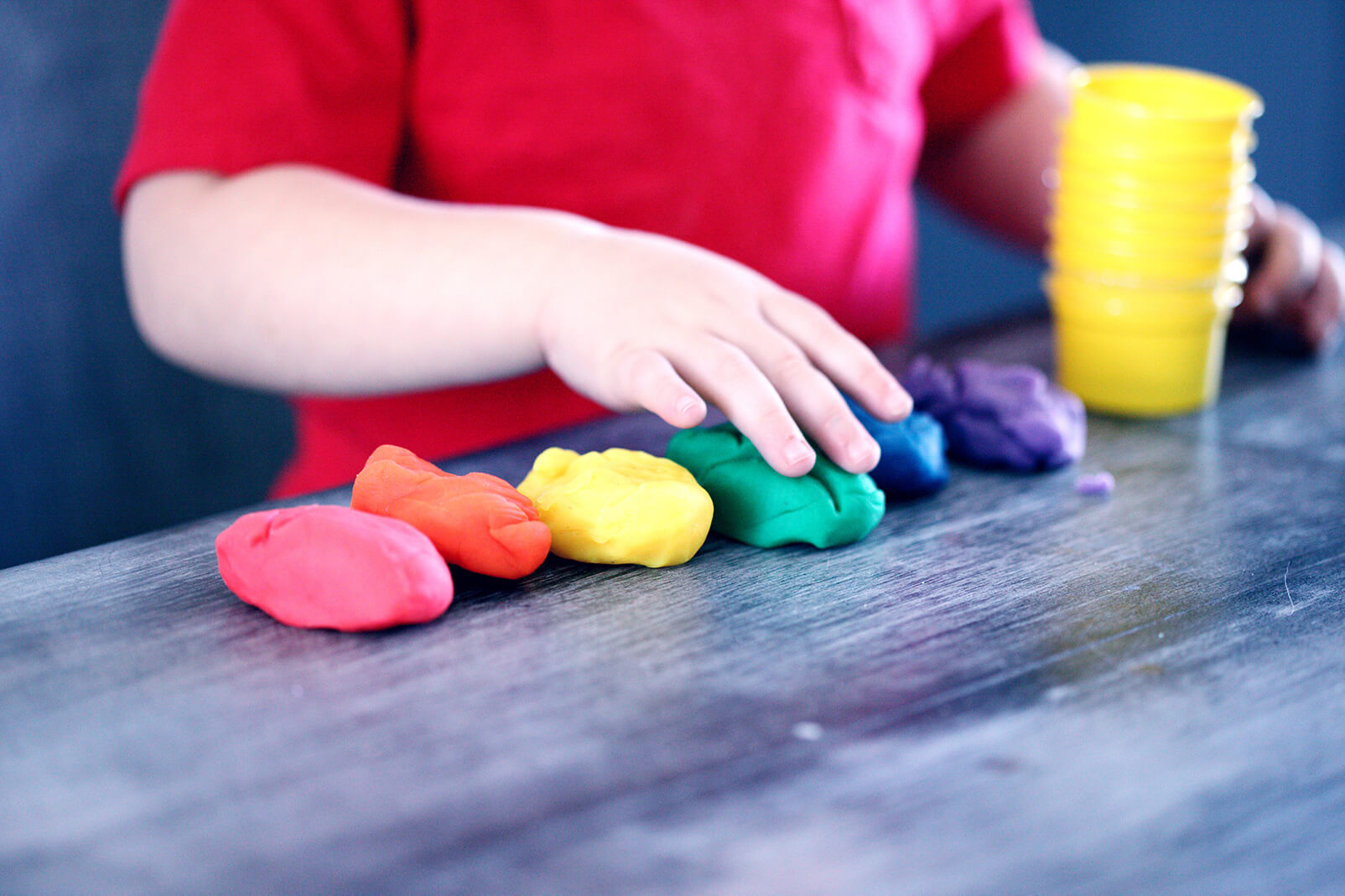This month we enjoyed having a catch-up with Jo, a Kumeu local, qualified teacher, mum of five and manager of the popular Jojo’s Childcare centre. Affectionately known by the kids as Jojo, she loves family, giving back to her community and seeing children learn and grow through play.
Can you introduce Jojo’s Childcare?
We’re a family-owned and run Early Learning Centre licensed for 100 children, from birth to six years old, and we’re based in Kumeu. We’ve got an amazing team of teachers who love seeing our children make discoveries through play, and we’re committed to giving back to our community.
What are you focusing on at the moment?
We’ve been reflecting on our learning stories – how we can better represent each child’s time here and look more deeply into their development.
We’re also looking at ways we can engage more with our local culture – making sure that when we talk about biculturalism and speaking te Reo Māori, that we are doing it authentically and in conversation with our families and local iwi.
For people who don’t know what learning stories are can you tell me a bit about that?
Typically, learning stories are a snapshot of what your child is up to and they get collated into a portfolio which parents can take home or view online. A teacher generally observes a child or a group of children in an activity – they take a couple of photos and write up a story to go into the portfolio.
The learning stories can then be used as part of the teacher’s inquiry and planning – with the idea that planning and assessment is child-led and prompted by their interests and development.
There’s not one way to do learning stories; there’s a lot of grey areas. Typically, most centres use the learning stories to observe, take photos and then write one story a month based on one of those interactions.
But this falls short because one interaction a month is just a snapshot – a child’s interests and development changes all the time.
Because of their relationship with the children, teachers are aware of the child’s development and interests, but in terms of documenting and sharing with parents, it’s just one moment in time – it doesn’t really go deep into the child’s development.
What is Jojo’s trying to do differently with their learning stories?
We are currently trialing a new system suggested by one of our under two’s teachers. She had the idea of an individual development plan. As the under two teachers have more non-contact time available (with babies sleeping more) they are able to dedicate more time to documenting each child’s development. Instead of one photo a month and a longer story, her idea was to take more photos and write one or two sentence summaries of what’s happening in the photo.
We knew it wasn’t feasible to just rollout across the centre without testing the waters first, but her suggestion did prompt us to look more deeply at what we do.
The new system is based on looking at stories across a term, where we can create a child’s individual development plan and include more input from parents and the children themselves.
Based on this new approach, you might end up with about nine photos and summaries over a term -showing a child’s development, their changing interests, and including their thoughts and their parent’s input too.
As a result, you have a much chunkier, deeper evaluation and understanding of each child. Parents can see what their child has got up to through that term and how it relates to the curriculum. These development plans can then be used to plan for the next term.
This means term by term we’re going to get a much bigger picture, which will really help with our child-led planning.
How are the trials going?
Some of our parents are aware of it and it’s really important we get it right. So we tried it out for a few children in term one and asked for parent feedback. We trialed it again in term two and brought in more children. And we will evaluate again and speak to parents.
The parents who have been involved in the trials are happy.
Each term we intend to bring on more children and if the feedback continues to be positive we will look to roll it out across the centre – so real child-led planning and assessment for all our children – from baby to schoolies.
Sounds great. Can you tell me a bit more about your other focus – engaging more authentically with your local culture? What does that look like?
Two of our teachers are working on creating a local curriculum. They are in contact with our local marae and asking for contribution from our families connected with our local iwi, Ngāti Whātua. We’re looking at what stories or issues might be particularly relevant and exploring ways to include them in our curriculum.
We speak and sing in te reo too, and we want to make sure that we are incorporating language and culture in a way that is really authentic, rather than it being a token gesture.
We are interested in how we create a local curriculum that is relevant to Jojo’s and make sure we listen and include our families, especially those with Māori heritage, to make them feel welcome and offer them the opportunity to contribute.
Authentic biculturalism is really important to Jojo’s. This inquiry is relevant to our families and will have a positive impact on our children.

What does this look like in practice?
We want to have a deeper connection with Māori culture and feel more confident when using Māori words and practice. Having these conversations with local marae and families affirms that we are on the right track and it deepens our knowledge.
We’ve also been thinking about how we celebrate Matariki, especially how we can make it more about our families. For the first time this year, we held a celebration towards the end of Matariki, where our families came together to enjoy a shared meal and incorporate what we have learnt.
It’s about making it more real for families. It’s hard to say what direction this will take us or how it will play out, but so far we have done quite a lot of research into our local area and our community’s history.
Another thing we have done is look at our pepeha – who we are, our name, river and mountain.
What else is Jojo’s focusing on?
We’re moving ahead with our school holiday programmes. We did our first one in the last school holidays and will run them again in the next school break.
And at the beginning of this year, we also started before and after school care.
Why is this important?
For a few reasons. For school-age children we wanted to offer a continuity of care. We also want to better support our staff who have got school-age children and our wider community.
We also advertise a room for hire during school hours. So, from 9am-3pm we have a room that is available for community use. It’s important that Jojo’s contributes and gives back to our community as much as we can.
Great. How else are you helping the local community?
By valuing sustainability and finding ways to reduce our footprint. We’re about to start a trial of using cloth nappies with the support of Auckland Council. Cloth nappies are obviously much better for the environment. We are going to do an eight-week trial, where Auckland Council does an audit of our rubbish at the beginning and the end. If we can prove that we can significantly reduce our waste during the trial, Auckland Council will provide us with a set of cloth nappies at a discounted rate.
We are also looking at making our own wipes with coconut oils and paper towels, as well as reusable wipes.
Thanks Jo. Where can people go to find out more?
Please visit our website at www.jojoschildcare.co.nz or give us a call on 09 412 5325. If you’re looking for a childcare centre, we’d love to hear from you and arrange a time when you can come for a visit.
Two Sparrows developed a website for Jojos Childcare, and Imelda’s two youngest children attended the centre before they started school – both children loved their time there!
